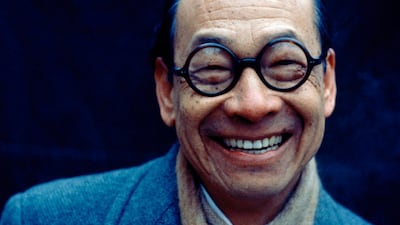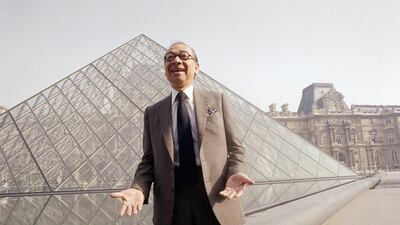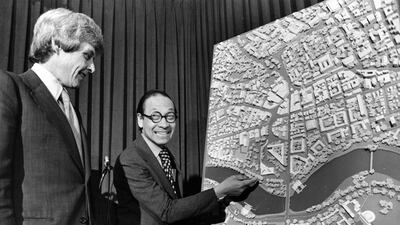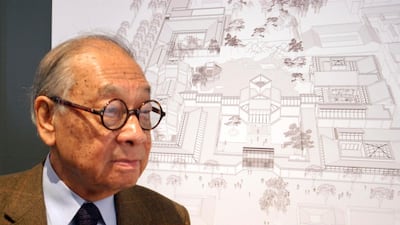Tributes have been pouring in for architect IM Pei who has died at the age of 102.
Pei is behind some of the world's most famous buildings, including the glass pyramids that stand outside the Louvre in Paris.
His iconic structures are renowned around the world for their precision geometry, plain surfaces and enhancement of natural light.
Pei was the 1983 recipient of the prestigious Pritzker Architecture Prize, with judges saying he had "given this century some of its most beautiful interior spaces and exterior forms". He used the $100,000 prize money to offer scholarships for Chinese students to study architecture in the US.
He was also awarded a number of other prizes throughout his lifetime, including the Praemium Imperiale for Architecture and the AIA Gold Medal.
Pei’s other notable designs include Japan's Miho Museum, Hong Kong’s Bank of China tower, Dallas City Hall, and Qatar’s Museum of Islamic Art – a design he worked on when he was in his 80s.
His style was said to be heavily influenced by his love of Islamic architecture, interlaced with modernist and cubist themes, which are visible in Pei-designed hotels, municipal buildings and schools around the world.
Ieoh Ming Pei was born in 1917 in Guangzhou, China, before moving to the US at the age of 18, where he studied at Pennsylvania, MIT and Harvard.
During the Second World War, he worked as a research scientist for the US government before going on to work as an architect. He founded his own firm in 1955.















